As I commence to write this, I’m seated in a sardine-packed Boeing 737 parked on the heat-shimmering broad tarmac of O’Hare International. The flight attendant just got off the PA. “We apologize for the heat in the aircraft. Our ground support team is having mechanical difficulties, and has failed to connect the needed resources to keep the plane cool while the engines are turned off. Be rest assured that cool air will fill the plane as we gain altitude and the plane’s own systems engage.”
So the plane acts as sort of a superheated burrito wrapped in foil, cooking all those inside on this 94 degree day in humid Chicago. The air is palpably thick with the scent of hot, humidified human bodies. As I look through the sweat that stings my eyes, I wonder if one of the 240 sardines I share this plane with will crack, as I feel amazingly close to doing so. Perhaps it’s because my 6’5″ frame is wedged in this airline seat made for a maximum size of 5’5″. I cannot move. I raked my pate on 3 ceiling exit signs on the way in, as if fate said I should know where those are; perhaps I would need them.
I gulp deep breaths of deoxygenated air and force my railroading thoughts to another more productive train. I find one: it is these exact conditions of intense heat and humidity that made the upper Midwest one of the most productive agricultural provinces on the entire earth. The rain and heat that fed the waving green ocean of tallgrass prairies above ground complemented bottomless mineral soils comprised of loess blown from the distant Rockies. Nature’s perfect package was a recipe for seemingly unending productivity.
In fact, wife Caryl’s ancestors were all Dutch immigrant farmers who discovered this produce paradise. They not only grew nearly all they ate, but the bounty they produced fed the hungry masses yearning for the American dream in Chicago, just hours away. Caryl herself remembers her farm kid skinny frame lying belly down on slow moving asparagus and tomato pickers in black dirt fields where you could throw seed on the ground and have July beefsteak tomatoes that when sliced looked more like ribeyes than vegetable.
Her dad would drive down the endrows of produce or corn and throw watermelon seeds out the window. By late August, the round of ripe sugarbabies would rise above the green carpet of watermelon foliage. He would stop the pickup (he always had time), walk over, grab one off the vine, park it on the tailgate, slice the red ripe fruit within, and enjoy the luxury of prolific yields. He would only eat the heart, happily sharing with whoever came by. It was a veritable cornucopia. The black Indiana soil would grow everything from beef to beets and carrots to cantaloupes (they called them muskmelons, and their highly ridged skins hid an incredible depth of flavor that today’s organic melons found in Whole Foods can’t touch).
But so much change has occurred in the 40 years since the days of muskmelon and asparagus. We were on this trip to move Caryl’s aging mom with us to Idaho was an eye opener on a couple of counts, and they both had to do with the lack of diversity and choice. The area I visited was a veritable desert, despite deep soil, degree days and high rainfall. Beef and dairy cattle, hogs and sheep have disappeared from the rotation. The fact is that I did not see a field that was fenced when I was near Caryl’s hometown. Hogs have moved to huge indoor confinement sheds, as have dairy cows that hold 5,000 head full time. Beef cattle are relegated to feedlots. They fertile animal/ soil/ growing plant relationship is gone from the land.
And there is now only one plant that carpets the landscape with uniformity, and it is King. You guessed it. It’s corn. By my rough estimate, 75% of the land is in GMO corn. The remaining 25% is in GMO soybeans. In Chicago, former crop ground is concrete and pavement and grows only food and stuff franchises. But as soon as you leave concrete, there is corn. There are simply no other crops. The produce is gone. Roadside stands that dotted shady spots under spreading burr oak trees along highway 231 are decrepit; humidity and continuous rain took their toll on the wood and plywood with rot and collapse. I remembered standing in the shade of one years ago. While the cicadas buzzed, I handed a smiling Bill Recker greenbacks, exchanging them for a bushel basket of flavor-vine ripened ruby red tomatoes”¦and those muskmelons. Unforgettable, as images of the flavors and smells of vine ripe heritage make indelible marks on our memory
The diversity potentially found in a cornucopia that is now lost in the landscape finds a corollary in the local Indiana supermarket. In our mid-fifties now, Caryl and I both are very careful about what we eat. Caryl wrestles with autoimmune disease; I am celiac. What that means is that we only eat whole foods, and trust no label. We walked aisle after aisle in huge supermarkets with just a basket in our hand for the pittance we could actually thrive on; other folks would have carts loaded with boxed items of highly processed corn and soybean extractions. I read some of the labels. Much maligned high fructose corn syrup experienced a nomenclature change under USDA’s watchful eye: it was now called a “Natural Sweetener.”
I’m not sure the people care who I shared the supermarket aisle with. They seemed happy in the food desert. Carts were loaded with beer, pop, IBP porkchops, chips, cereal and blue topped 2% milk. Here was a land where grass fed and organic were nonexistent, and corn fed was the norm. IBP pork (“never given hormones” touted the label despite the fact that USDA doesn’t allow it in pork production) even reigned over beef.
Indiana is part of the heartland. There’s several million people there, driving shiny cars stuck in traffic in the shimmering heat on the Dan Ryan Expressway. And they live unknowingly in a desert, missing and dissing incredible opportunities to eat from the land under their concrete and corn.
Those engines finally fired on the Boeing 737 and 50,000 foot pounds of thrust broke our relationship with the ground. We were airborne, and peeled quickly skyward as Caryl and I silently watched the porthole view of checkerboard of concrete yield to that of corn. After a few minutes, Caryl posed the question as much to me as anyone: “How could this ever change? What could be done?”
In so much of it, there is nothing to do. Concrete is pretty tough to reverse. Soils are retrievable, but not by conventional agriculture methods, and not by simple legislation. Change lies in creating demand for food that invests in wellness, and I think that one is on all of us. It’s time to question an agricultural system that produces chemicals and fake food with contrived flavor, and a health system that so often treats symptoms through pharmaceuticals instead of providing substantive change in our collective wellness.
Like all things that provide lasting and positive change in our society, these things all start with us talking to each other. It’s the only hope. And there is hope in humanity despite mainstream media’s spin on the opposite.
I saw it on my return trip from Chicago. Caryl’s 86 year old mom is handicapped. She has some dementia, and is unable to walk unassisted. There were so many folks who reached out to help us as we transported her from bus drivers, baggage handlers, wheelchair handlers and flight attendants. But there were a few standouts that so surprised me. As I steadied her from behind and guided her into her third row first class seat in the aircraft, she ran out of handholds as she tried to shuffle down the aisle. “What can I put my hand on?” she asked, getting agitated. “What do I do?”
A well dressed man in the business class first row looked up from his laptop and smiled broadly. He reached up his hand, as if to say “put it right here.” She did, as he firmly provided the support she needed as she went by. She is not a small woman, and this was no small feat. As she passed over his seat, a large and well bejeweled man in the next row reached up his hand from his seat to take over. He too smiled up at her, taking obvious pleasure in helping her.
It was a small thing, but I stood in gratitude, and was proud to be called human that day. We are all brothers and sisters in this human genome, and even though I sometimes get hopeless with regard to our loss of wellness and desperate squandering of good land, I think there is hope in each of us to make the farm and food deserts we’ve created bloom again. My Midwestern trip changed me, and gave me hope in possibilities for recreating wellness once again. I hope you can embrace that hope.

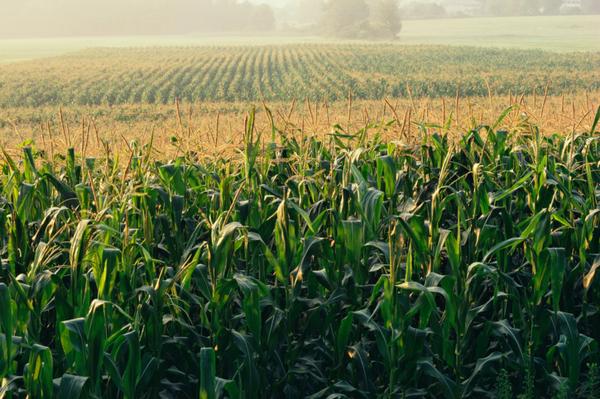
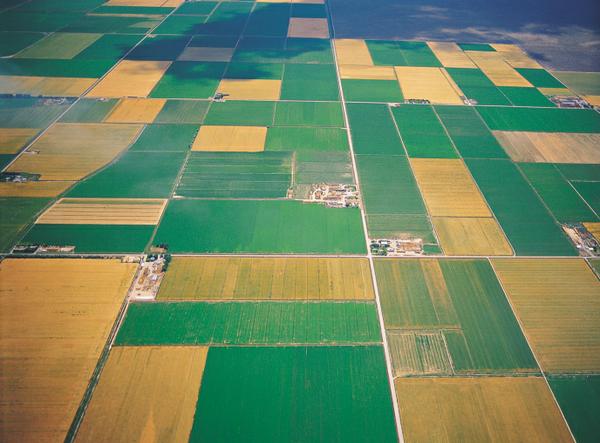


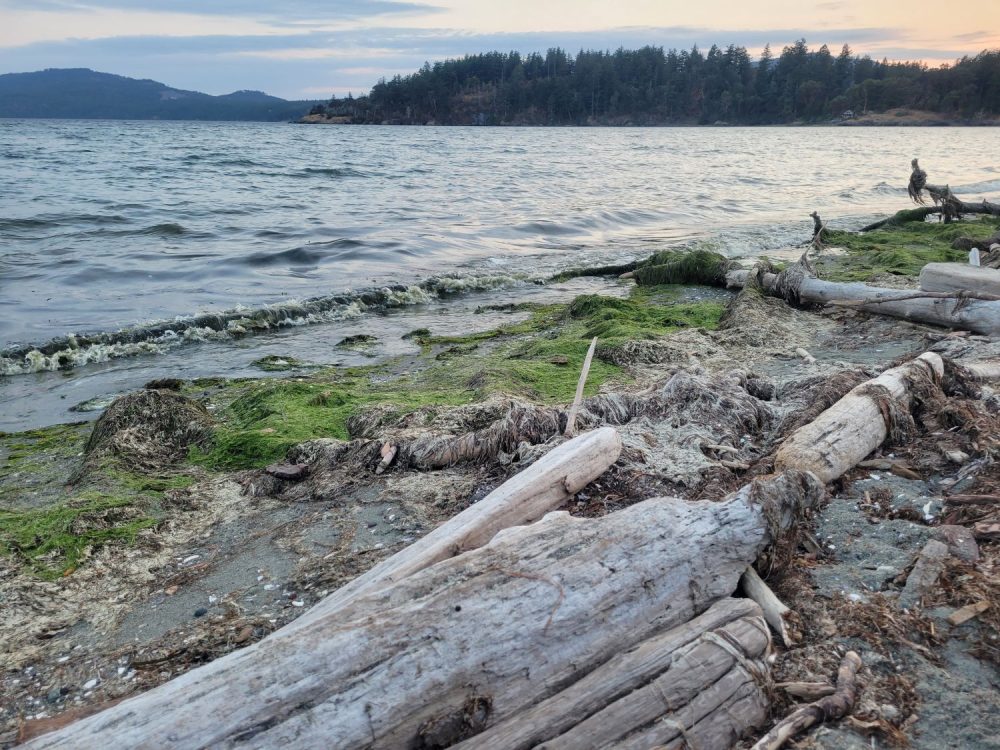
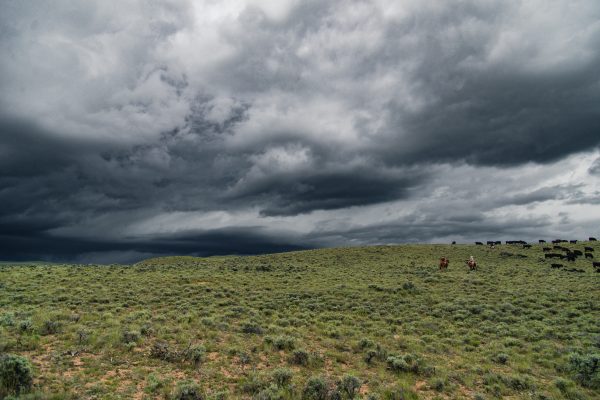
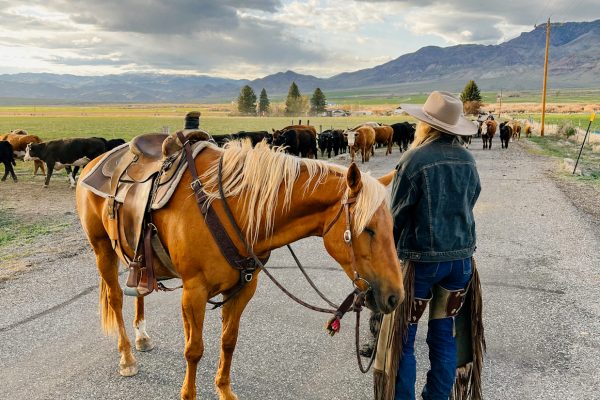
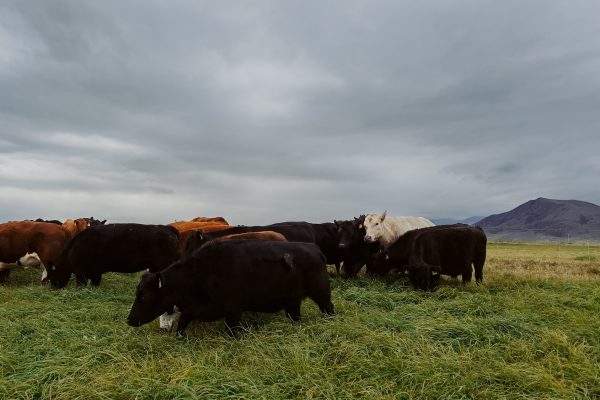
Leave a Reply